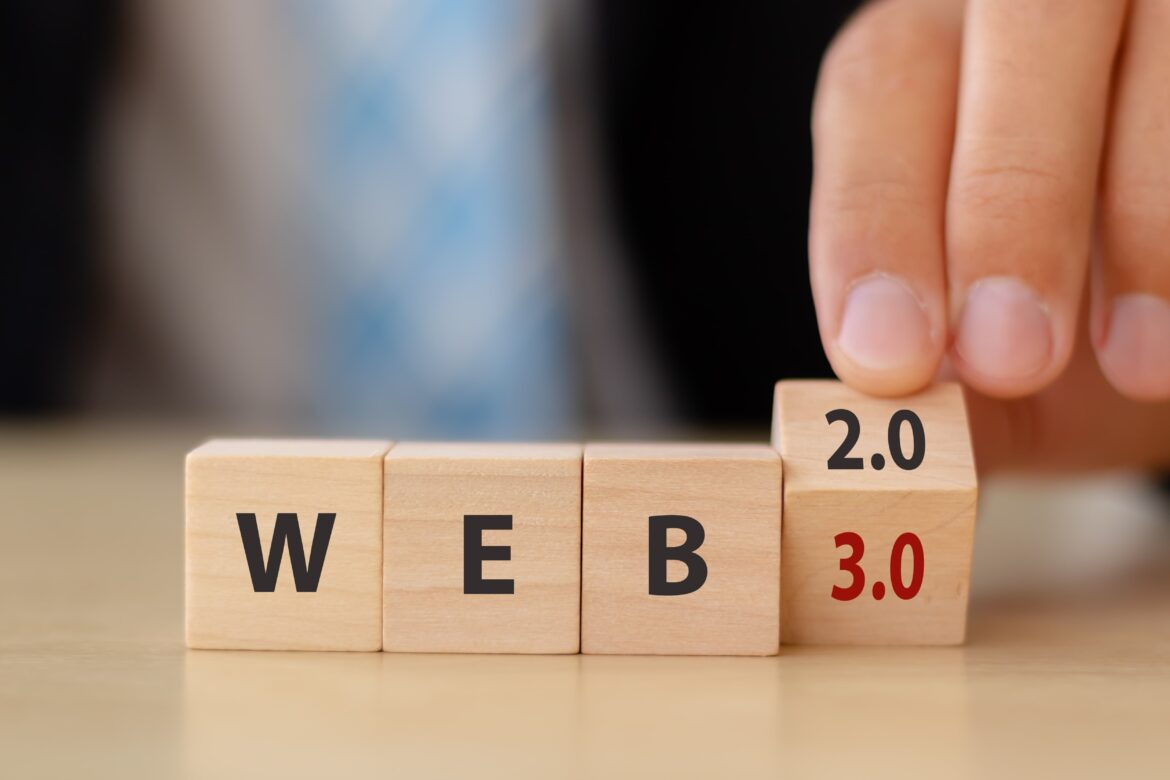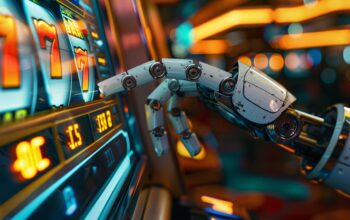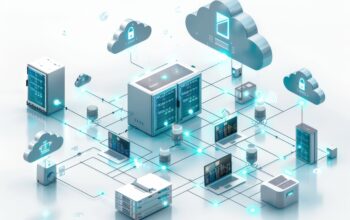The World Wide Web has undergone significant transformations since its inception, with Web 2.0 representing a pivotal stage in its evolution. This version, as defined by Tim O’Reilly at the O’Reilly Media Web 2.0 conference in 2004, marked a shift from the static, read-only nature of Web 1.0 to a dynamic, interactive platform where users became active participants.
Defining Web 2.0
Web 2.0 is characterized by its emphasis on user-generated content, social networking, and collaboration. It’s not just about accessing information anymore; it’s about creating, sharing, and interacting with content in various forms. The ease with which anyone can contribute to the web’s vast tapestry of information is a hallmark of this generation.
Key Features and Differences
Several key features differentiate Web 2.0 from its predecessor, Web 1.0:
- User-Generated Content: Web 2.0 empowers users to become content creators. Blogs, wikis, social media sites, and self-publishing platforms like WordPress allow individuals to share their thoughts, experiences, and expertise with the world.
- Interactivity: Web 2.0 applications facilitate real-time communication and collaboration. Comments, social bookmarking, and collaborative tools enable users to interact with each other and with the content they consume.
- Social Networking: Platforms like Facebook, Twitter, and Instagram have revolutionized the way people connect and share information, fostering online communities and global conversations.
- Rich Media: The integration of images, videos, and other multimedia elements into web content has made the online experience more engaging and immersive.
- Web Applications: Web 2.0 introduced a new breed of software applications that run in web browsers, making them accessible from any device with an internet connection. These apps, often built using technologies like AJAX, HTML5, and JavaScript, offer enhanced interactivity and user experiences.
The Impact of Web 2.0
Web 2.0 has had a profound impact on various aspects of our lives:
- Social Impact: Social media platforms have transformed the way we communicate, connect with friends and family, and participate in online communities. They have given individuals a powerful voice and platform to express their views and influence others.
- Economic Impact: Web 2.0 has created new business models and economic opportunities. The rise of the “attention economy,” where companies like Google and Meta (formerly Facebook) monetize user data for targeted advertising, is a direct result of Web 2.0.
- Technological Impact: Web 2.0 has spurred innovation in web technologies. The development of cloud computing, machine learning, and decentralized systems like Ethereum has been driven in part by the demands of Web 2.0 applications.
Challenges and the Road Ahead
While Web 2.0 has brought about numerous benefits, it has also faced challenges, such as the spread of misinformation, privacy concerns, and the centralization of power in the hands of a few tech giants like Microsoft and Google.
As we move towards Web 3.0, the semantic web envisioned by Tim Berners-Lee, the emphasis is shifting towards decentralization, user control of data, and the use of blockchain technology to enable secure, transparent transactions and interactions.
Conclusion
Web 2.0 has fundamentally changed the way we use the internet. It has empowered individuals to become content creators, fostered online communities, and revolutionized the way we communicate and share information. As we continue to explore the possibilities of Web 3.0 and beyond, the lessons learned from Web 2.0 will undoubtedly shape the future of the World Wide Web.




